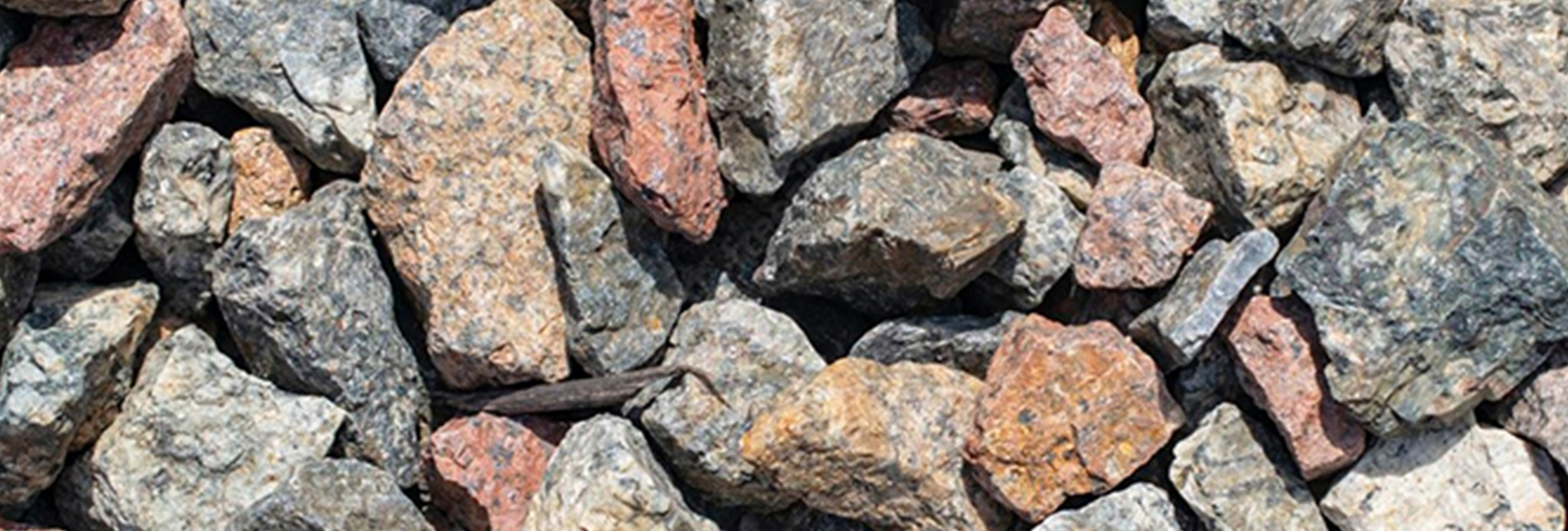Coarse aggregates are an essential component of a wide variety of construction applications. Sometimes, coarse aggregates are used on their own, such as a granular base placed under a slab or pavement. However, mainly construction aggregate is used as a component in a mixture, such as an asphalt or concrete mix. Both of these are examples of how coarse aggregates can be used. Rock larger than the standard but smaller than 2 inches is typically considered coarse aggregates.
Table of Content |
What are Coarse Aggregates?
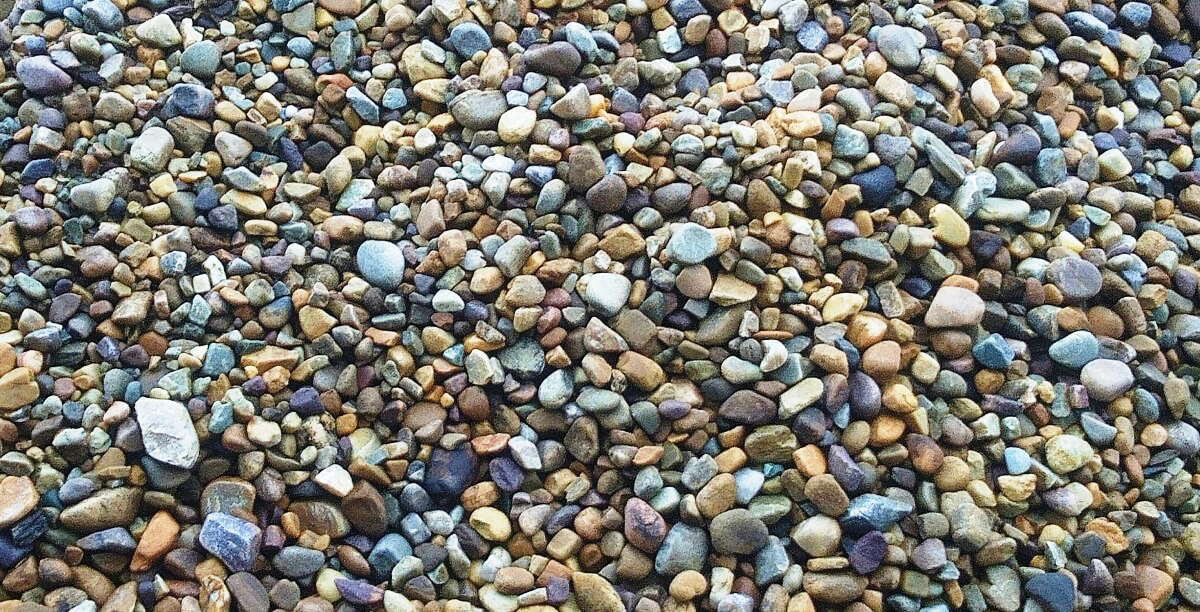
Concrete has many different components; however, most concrete is composed of materials referred to as coarse aggregates. In contrast to fine aggregate, which is more analogous to sand in appearance, coarse aggregates more nearly resemble ordinary rock particles. It gives coarse aggregates a more comprehensive range of potential uses in the building industry. Coarse aggregates are an essential component of a wide variety of construction applications.
How do we get the Coarse Aggregate?
The majority of coarse aggregate comes from quarries produced by various operations, including blasting, crushing, and screening. The aggregate characteristics are determined by the type of rock used to create it, which could be sedimentary, igneous, or metamorphic.
How to find the density of coarse aggregate?
The density of coarse aggregate is an important property used in various contexts, such as when determining the required aggregate quantities for concrete or asphalt mix designs. The specific gravity of coarse aggregate, often referred to as its relative density, is the method used to describe the thickness of coarse aggregate most of the time.
The ratio used to characterise the thickness of the aggregate in comparison to the density of water is referred to as the relative density.
The range of 2.4 to 2.9 is normal for natural coarse aggregate. This range indicates that the coarse aggregate has a density between 2.4 and 2.9 times that of water. As a result, the thickness of the aggregate itself, expressed in units of mass per unit volume, can be calculated by multiplying the specific gravity by the density of water.
The moisture content of coarse aggregate, also known as the quantity of water in the coarse aggregate when the total is fully saturated with a dry surface, is referred to as the aggregate’s absorption. It indicates the potential amount of water aggregate particles can absorb when used in construction or incorporated into mixtures and density measurements.
Mix designs are adjusted based on this absorption capacity, which indicates the potential amount of water aggregate particles can absorb when used in construction or when incorporated into mixtures.
What properties of coarse aggregate make it the best construction aggregate?
The ideal aggregate concrete must have the following properties
- It needs to have a long life and be resilient.
- It must be tough and sturdy enough to withstand loads of weight.
- It cannot contain dust or organic materials; otherwise, it will decrease the bonding capacity.
- It can’t cause the cement to react in any way after mixing.
- It should not be a porous or soft material or have high porosity.
- It must not absorb more than 5% of the water it is exposed to.
- It must not react with other chemicals in any way.
- To the greatest extent possible, it ought to be of a cubical, spherical, or angular shape.
Where do we use coarse aggregate?
The following are some applications for coarse aggregate:
- Its primary function is to add volume to the concrete to bring down the project’s overall cost.
- It contributes to the increased crushing strength that concrete possesses.
- It is utilised in the railway ballast to assist in uniform load distribution.
- It is incorporated into the flexible pavement’s base course and supports the granular load transfer mechanism.
- It is a filter component to separate water from undesirable particles in water filter plants.
- Used in the rainwater system, specifically in the top layer.
What are the various types of coarse aggregate?
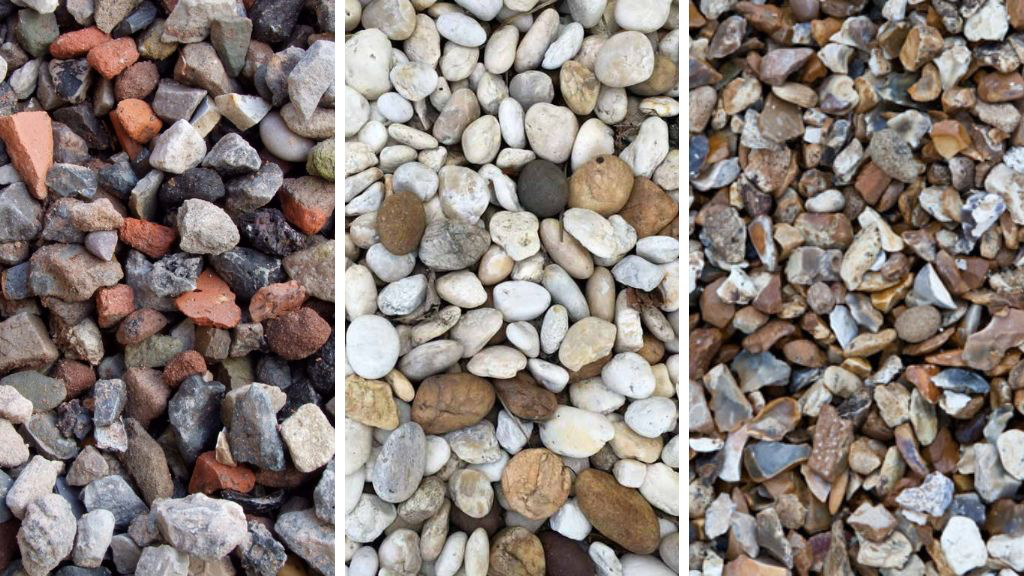
The shape is one of the most essential and effective characteristics that can be used to differentiate aggregates. The workability of the concrete and the desired result will guide our decision regarding the aggregate to use.
Although the shapes of aggregates purchased in bulk quantities from reputable suppliers are typically consistent, we can mix aggregates of varying conditions by the requirements and objectives of the project.
The following are the various forms that aggregates can take:
- The rounded
Natural aggregates are rounded aggregates as they have been smoothed out by weathering, erosion, and attrition processes, for example, the rocks, stones, and gravel found in riverbeds.
These aggregates produce the fewest possible voids, giving them a greater degree of workability as a result.
They are not utilised in high-strength concrete because their round shape causes poor interlocking behaviour and weak bond strength. The ratio of water to cement these aggregates require is relatively low.
- Irregular
Attrition shapes irregular aggregates, but this process does not entirely round them off. Compared to rounded aggregates, these particles have a lower high bond strength, but they cannot be used in high-strength concrete because of their shape. Instead, they are used for construction projects such as roads, etc.
- Angular
Because of the suitable interlocking property and high bond strength that angular aggregates possess, they are utilised to produce higher-strength concrete. However, the workability of coarse aggregate with angular shapes is low; filling voids with either rounded or smaller aggregates is used to make high-strength concrete.
- Flaky
It is said that an aggregate is flaky if its smallest dimension is less than three-fifths (0.6) of the aggregate’s mean dimension. The concrete should be able to flow and be pumped. Still, flaky aggregates will reduce the concrete’s capacity for flowing. They cause the concrete to become harsh and also lead to segregation in the concrete.
- Stretched out
When the greater length of the aggregate is more significant than 9/5th of its mean dimension, we refer to the aggregate as having an elongated shape. Since elongated aggregates also have a meagre crushing strength, they should not be utilised in constructing high-strength concrete or roads.
Types of coarse aggregate: Natural vs Manmade
Coarse aggregates are usually put into one of two categories: natural or artificial.
- Natural Aggregates
These are the kinds of aggregates that come from nature.
(a) Gravel:
Most gravel comes from river beds, stream deposits, and other places. These aggregates are made when bedrock breaks down and is then moved and dumped by water, ice, gravity, etc.
(b) Broken-up aggregates:
From the quarries, crushed aggregates are taken. They are inexpensive and easy to get. Crushed aggregates are small pieces of rock that have been broken up, washed, and sorted by machines.
- Artificial Aggregates
People use artificial aggregates because they are made of materials that are good for the environment. They are made from ash, solid waste from power plants, rice husk ash, furnace slag, granite powder, iron ore slag, over-burned brickbats, and so on.
Types of coarse aggregate: Fine vs Coarse Aggregate
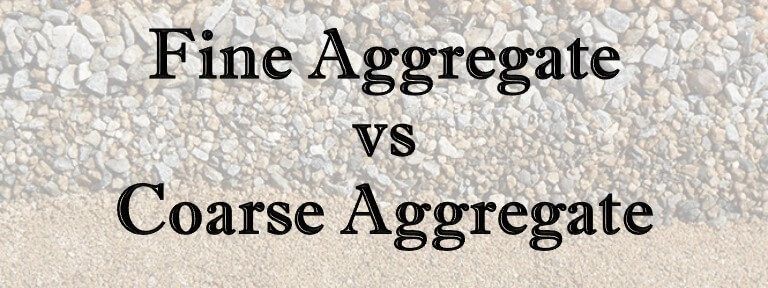
What is the size of a fine aggregate?
Fine aggregates are small pieces of filler used in buildings. Fine aggregates are small details that pass through a 4.75 mm sieve but stay in place on a 0.075 mm sieve.
What is the size of coarse aggregate?
Coarse aggregates are filler materials that are bigger than fine aggregates. This coarse aggregate size stays in a 4.75 mm sieve.
What is water absorption of coarse aggregate?
The high water absorption of the lightweight aggregate reduces the workability and slump of concrete. Typically, a prewetting technique is recommended to compensate for the workability issue. Still, its use in the field requires more extraordinary delicacy. Therefore, measure the additional water absorption of coarse aggregate.
Its application in cement paste and concrete mixtures reveals that the absorption amount is unaffected by the mix proportion. Extra water absorption in cement-based materials is a material feature whose value is less than the water absorption determined by a conventional test method (water-soaking). Compensating for the extra water absorption permits dry lightweight aggregates in concrete, which are more durable and stable than surface-saturated dry lightweight aggregates.
What is aggregate in concrete?
Cement and aggregate are the essential elements of concrete. When the cement is still liquid, it is mixed into the aggregate. As a result, concrete is a substance that is exceptionally hardy and resistant to damage due to the binding between the cement as it dries and the particles. In addition, construction aggregate is made from various materials, which can uniquely impact the final product’s quality.
Why do we use coarse aggregate in concrete?
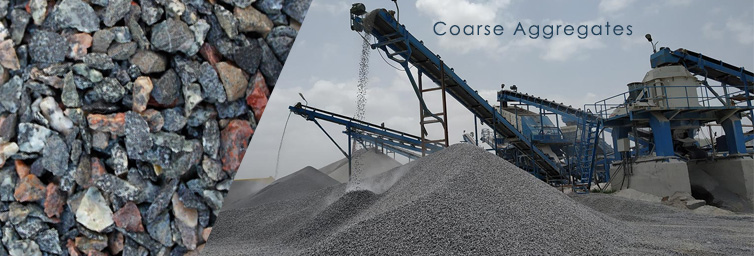
Concrete receives a significant portion of its strength, thermal characteristics, and elastic properties from aggregate and maintains its dimension and volume. Therefore, in addition to preventing cracking and controlling shrinkage, including coarse aggregate in concrete mix can be beneficial.
Because of its longevity, strength, workability, and capacity to take finishes, a particular construction aggregate is chosen during the aggregate selection process. And to go even further, variations in types of coarse aggregate, including size, weight, moisture content, and gradation, can also bring about shifts in the characteristics of the concrete.
Give Strength to your construction with Sree Metaliks
Concrete is the spine of any building and needs to be kept safe. It can be done right from the start by using robust raw materials and processes to make the concrete stronger. The use of TMT Bars of Sree Metaliks strengthens your concrete structures and keeps them safe for years. The brand is well-known in the building industry and sells reliable products at affordable prices on the wallet. So, if you want your buildings to last, you should spend money on suitable materials.

